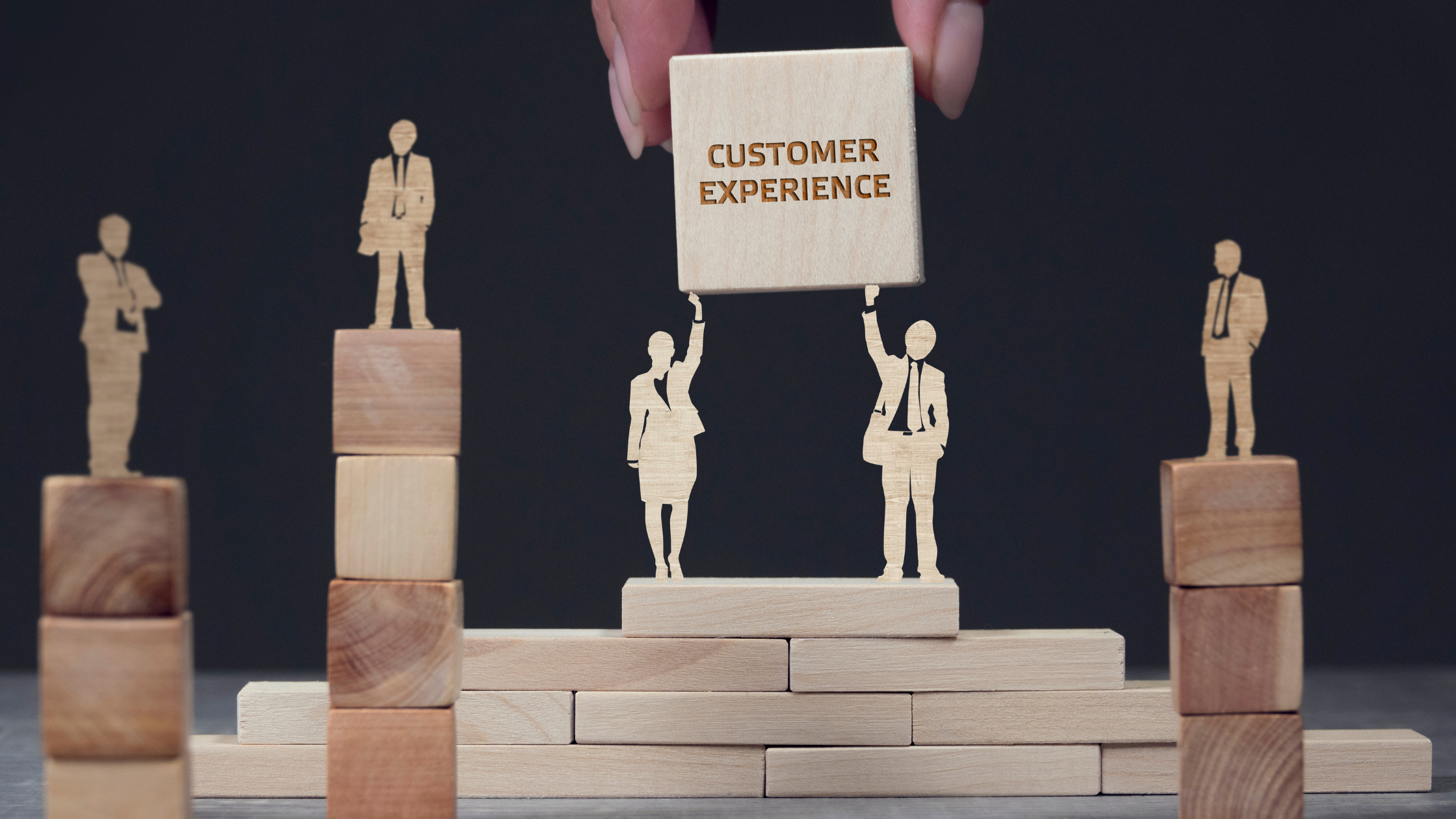Boost Your Cross-Sell & Upsell Potential with One Important Step
Year after year, businesses strive to reach new and growing quota and revenue targets—driving their sales and marketing teams to drum up new clients...
We’ve seen too many inefficiencies fly under the radar and hold companies back. Our expertise in through-channel marketing and field sales support enables small marketing teams to support distributed sales forces at scale.


Perception. When researching how to explain Customer Experience (CX), it quickly became clear that most thought leaders and experts on the subject agree that CX is all about how the customer perceives your brand. From a 30,000-foot view, as my boss often likes to say, this explanation might suffice. However, for marketers, salespeople, and customer service reps with boots on the ground, summing up customer experience with a single word doesn’t quite capture its true complexity.
While perception is a nice way to wrap CX up in a neat little box and deliver it with a bow, we’re going to take a closer look and unpack some of the factors that contribute to that perception to better capture what customer experience is.

If perception is the 30,000-foot view, the contributing factors that shape that perception, and the overall customer experience, are checkpoints on a slow and steady descent. The possible contributing factors are virtually endless—most vary from customer to customer—but there are several standard factors that fall into one of three categories: Buying Journey & Customer Cycle, Internal Values & Practices, and Products or Services Received.
Buying Journey & Customer Cycle:
Touchpoints in the buying journey and customer cycle are likely to have the greatest impact on CX. They are the most direct experiences your customers have with your brand, and, therefore, they’ll have the most direct impact on customer experience. Important factors that contribute to the quality of the buying journey and the customer cycle include,
Internal Values and Practices:
In recent years, customers and buyers have shown an increasing interested in the internal values and practices of the companies they do business with. For many consumers, great buying journeys, customer cycles, and product performance are no longer enough to sustain an excellent customer experience. Long term, consumers have better customer experiences when they do business with companies that have strong values, and a history of demonstrating those values in their corporate practices. Matters, such as the following, are having a greater influence on the quality of CX.
Products or Services Received:
Perhaps the most obvious factor that contributes to CX is the quality of the actual product or service they receive. Implementing and/or improving all the previous contributing factors will be a waste of time if your product or service is subpar. Your customer experience may be impeccable, but the ROI of CX can only be realized if the customer is also happy with their purchase. Product performance is an obvious contributor to customer experience, but there are other considerations that can influence whether the final outcome of a customer experience is positive or negative.

Now that we’ve gained a solid footing, it’s easy to see why most people prefer the little box with the bow. Nevertheless, investing in customer experience requires a more comprehensive understanding. There’s a great deal of strategy, agility, commitment, and organizational orchestration that goes into creating the customer experience, or rather that goes into creating an excellent customer experience. If you’re going to devote precious time to optimizing your CX you’ll have to use that 30,000-foot view as a jumping off point.
When you’re standing in the middle of the day-to-day operations that must work together to deliver an exceptional customer experience, ‘perception’ seems too simple an explanation. From that perspective, customer experience is better described as the elaborate coordination of many, highly-variable elements that impact how the customer feels about your brand.
CX is not simple or straightforward. If you listed all the things that influenced your personal customer experience today, it’d likely differ from the list you’d make tomorrow or in a week. It’d certainly differ from the list that I’d make or the person behind you in line (or online) would make. Customer Experience is about perception, but more importantly it’s about the process that creates the perception.

Year after year, businesses strive to reach new and growing quota and revenue targets—driving their sales and marketing teams to drum up new clients...

Omnichannel and Customer Experience (CX) might win the award for the marketing industry topics with the most buzz in 2021. Maybe you think it’s a bit...

Customer experience (CX) and customer service are not the same, but they’re not exactly rivals like the title of this blog might suggest. Quite the...